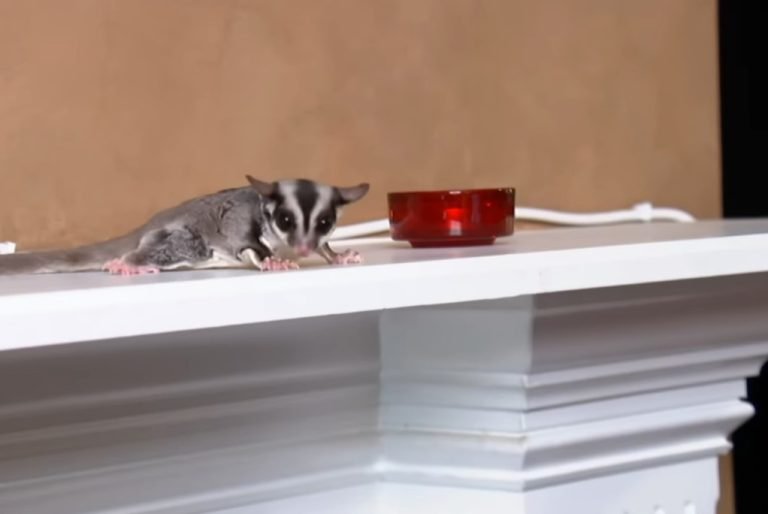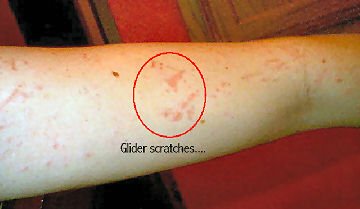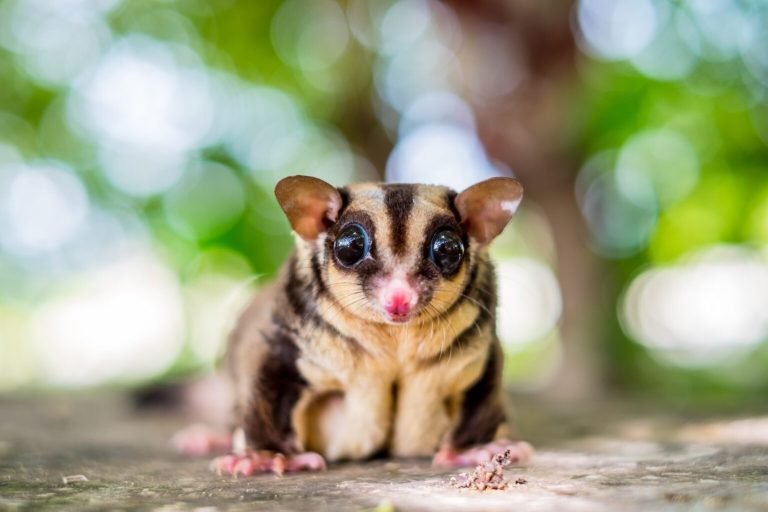How Long Do Sugar Gliders Live In The Wild
How Long Do Sugar Gliders Live in the Wild?
Sugar gliders are fascinating creatures known for their ability to glide through the air. These small marsupials native to Australia and New Guinea have become popular pets around the world due to their cute and sociable nature. But what about sugar gliders in the wild? How long do they actually live in their natural habitat? In this article, we will explore the lifespan of sugar gliders in the wild and uncover the factors that influence their longevity.
Sugar Gliders: An Overview
Before delving into their lifespan, let’s first understand what sugar gliders are like. Sugar gliders are small, nocturnal creatures that belong to the marsupial family. They have a distinctive membrane called a patagium that enables them to glide from tree to tree. These gliding mammals primarily feed on nectar, sap, insects, and even small vertebrates.

Factors Affecting Sugar Glider Lifespan
Like any other animal, a sugar glider’s lifespan is influenced by various factors. Here are the key factors that can affect the lifespan of sugar gliders in the wild:
Habitat and Environment
The natural habitat of sugar gliders plays a significant role in determining their lifespan. They thrive in tropical rainforests and woodland areas, where they have access to abundant food sources and suitable shelter. Gliders living in areas with a stable climate and minimal human interference tend to have longer lifespans compared to those in disturbed habitats.
Predation
Predation is a constant threat to sugar gliders in the wild. Being small and defenseless, they often fall prey to larger animals such as owls, snakes, and tree-dwelling predators. Areas with a high predator population can negatively impact the survival rate of sugar gliders, potentially shortening their lifespan.
Disease and Parasites
Sugar gliders are susceptible to various diseases and parasites, just like any other wildlife species. Common health issues affecting sugar gliders include bacterial infections, parasitic infestations, and nutritional deficiencies. An unhealthy glider is more likely to have a shorter lifespan compared to a healthy one.
Availability of Food
As the name suggests, sugar gliders have a sweet tooth. Their diet comprises nectar and sap from trees, which provide them with the necessary nutrients and energy. The availability of suitable food sources significantly impacts their health and overall lifespan.
Mating and Reproduction
Mating and reproduction also play a role in the lifespan of sugar gliders. Females have a higher energy demand during pregnancy and lactation, which can potentially shorten their lifespan. Additionally, the stress and risks associated with breeding, such as injuries or complications during birth, can impact both the male and female gliders’ lifespan.
Life Expectancy of Sugar Gliders in the Wild
In the wild, sugar gliders have an average lifespan of about 5-7 years. However, this can vary depending on the aforementioned factors. Some sugar gliders have been known to live up to 12-15 years if they have access to suitable habitats, ample food sources, and minimal predation risks. On the other hand, gliders living in disturbed habitats or areas with high predator populations may experience a significantly shorter lifespan.
Frequently Asked Questions
Now, let’s address some commonly asked questions about the lifespan of sugar gliders in the wild:
Q: Are sugar gliders endangered?
A: Sugar gliders are not currently considered endangered. However, they face threats due to deforestation and habitat loss, which can impact their long-term survival.
Q: Can sugar gliders live longer in captivity?
A: With proper care and nutrition, sugar gliders can live longer in captivity compared to their wild counterparts. Some have been known to live up to 15-20 years under optimal conditions.
Q: How can I ensure a longer lifespan for my pet sugar glider?
A: To promote a longer lifespan for your pet sugar glider, provide a healthy diet, a spacious enclosure, regular veterinary check-ups, and plenty of mental and physical stimulation.
Final Thoughts
While sugar gliders may have a relatively short lifespan in the wild, they are still fascinating creatures worthy of our attention and conservation efforts. Understanding the factors that affect their longevity can help us create a better environment for them, both in their natural habitat and in captivity. Whether gliding through the treetops or nesting in a cozy enclosure, these adorable marsupials continue to captivate us with their unique abilities and sociable nature. So let’s appreciate and protect these remarkable animals for future generations to enjoy.







